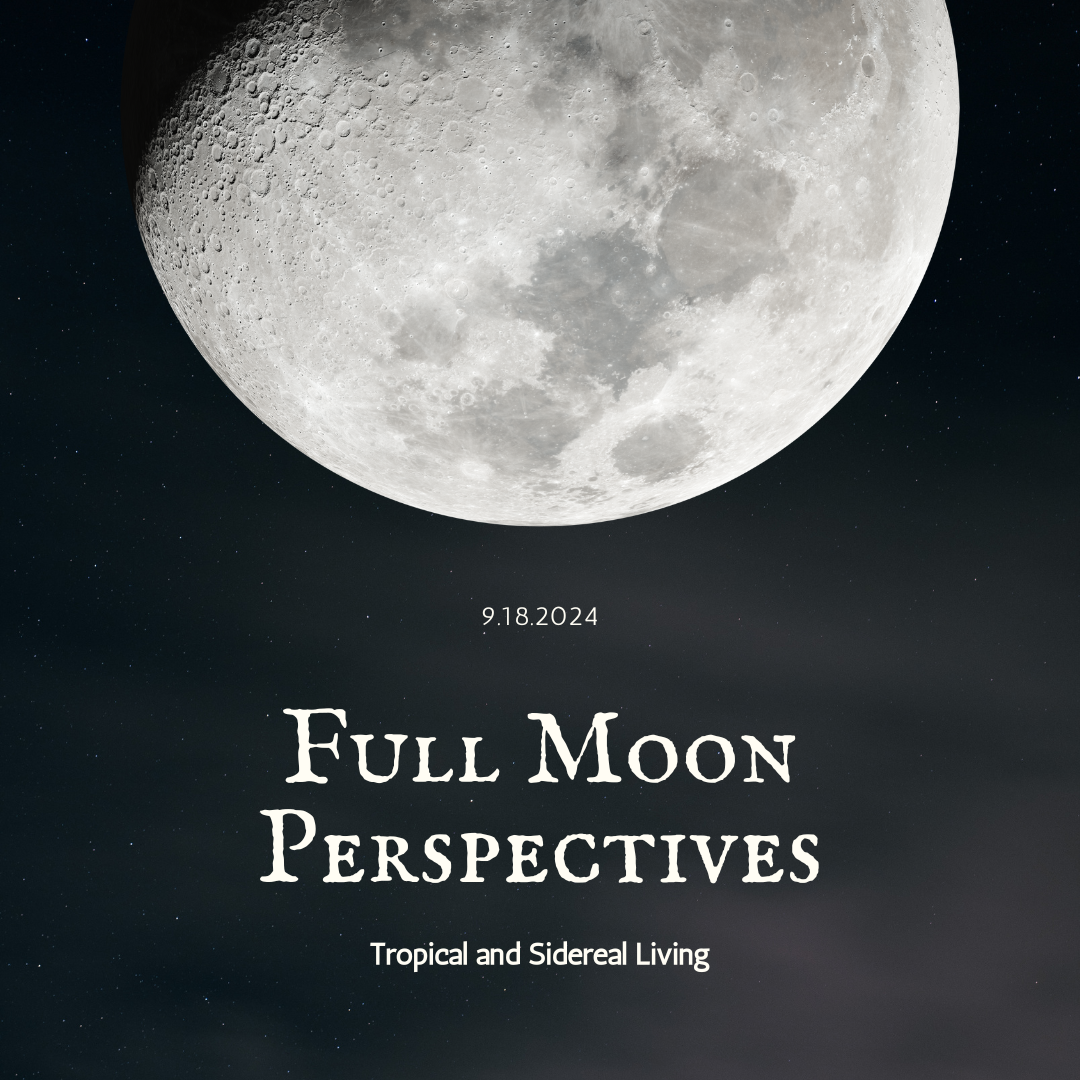
The Moon's Dual Nature: Exploring Sidereal and Tropical Perspectives
Share
The moon's influence on our lives and crops has long been a subject of fascination. At Portland Ashwagandha Farm, we've found that understanding different perspectives on the moon's position in the zodiac can enrich our connection to nature. Let's explore the intriguing world of sidereal and tropical zodiacs together.
Historical Context
About 2,000 years ago, the Greek astronomer Ptolemy created a model of the universe that, while no longer considered accurate, has had a lasting impact on how we view the zodiac. Due to the precession of Earth's axis, the zodiac signs as commonly known today are about 24 degrees off from the actual star constellations. This difference forms the basis for the distinction between tropical and sidereal zodiacs.
Tropical Zodiac
The tropical zodiac, used in most Western astrology, is based on the seasons. It begins at the Spring Equinox, always considered 0° Aries, regardless of the constellation behind the sun at that time. This is the zodiac typically referenced in popular horoscopes.
Sidereal Zodiac
The sidereal zodiac, used in Vedic astrology, is based on the actual positions of star constellations. It takes into account the precession of the equinoxes, aligning zodiac signs with the constellations as we see them in the sky today.
Two Perspectives, One Moon
Both perspectives offer valuable insights. Consider these interpretations:
- Robert Svoboda, an Ayurvedic physician and astrologer, suggests that the sidereal zodiac represents our cosmic being and karmic path, while the tropical zodiac relates more to our ego-self.
- The book "The Zodiac Conspiracy" proposes that the tropical zodiac represents what we're evolving into, while the sidereal zodiac offers a picture of our current state.
Embracing Both Worlds
At Portland Ashwagandha Farm, we find value in both perspectives. This dual approach allows us to consider both cosmic currents and the collective consciousness of our modern world.
Practical Applications
Understanding these two zodiac systems can enrich lunar practices:
- Consider exploring both your sidereal and tropical sun signs. How might they complement each other?
- When observing a full moon, reflect on both its tropical and sidereal positions. What different energies might each perspective bring?
- In personal growth, consider how you might balance your "cosmic being" (sidereal) with your "evolving self" (tropical).
Conclusion
This holistic understanding of the moon's position can deepen our connection to the natural world and ourselves. As we cultivate ashwagandha under both the visible moon and its astrological influences, we invite you to explore this rich, dual perspective.
The next time you hear "Happy Full Moon," remember there's more than one way to interpret its celestial dance - a complexity that mirrors the multifaceted nature of our world.
